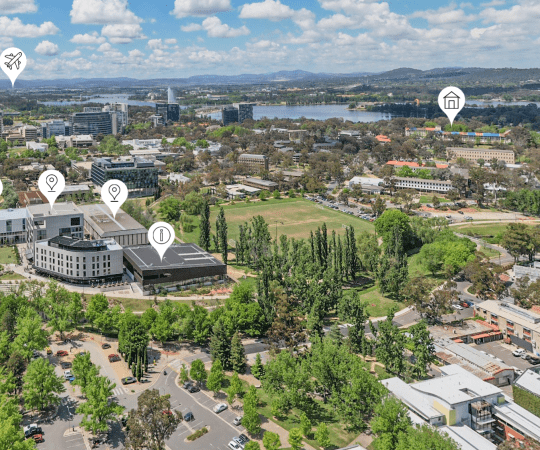
Walls of silence rarely achieve anything except frustration and mystique.
For a client investing serious money in a substantial rebrand project it is totally understandable if they get an attack of the jitters at some point.
The project becomes even more challenging if they completely disappear for over half a year!
A recent branding project involved such an occurrence.
The client was aware that a change was needed to their current brand, what that was exactly, they didn’t know. After extensive research and background work, a strategically-led solution was developed that recommended specific changes.
The client also agreed with this new direction because they understood the reasons and the goal of creating a really first-class product.
Subsequent visuals and messaging were then progressed to wrap neatly around the overriding strategy and supporting data.
And then, communication from the client completely stopped! Try as we may, we could not get hold of them. They’d mysteriously vanished! Having already been paid, out calls were purely out of concern for the project.
Six months later (as if only six minutes had passed) the client reappeared!
Without discussing why, they had re-crafted the (nearly) finished first key piece, notably steering it away from the strategy. Messaging had been revised, imagery swapped-out, campaign material altered and in-house graphic elements introduced.
And then came the request “before we do a larger print run can you give us your feedback on what does and doesn’t work!”
Hold on, we have a few questions, but mainly, where have you been for the last six months?
And, can we firstly have a conversation (face-to-face) to re-establish the business relationship?
And, why do you want us to critique your design work? Haven’t we already done this earlier in the process (with the clear recommendation and agreement that doing your own design work isn’t making you look professional in any way)?
But more seriously, how damaging has a six month pause been to the agreed strategy? All the data and recommendations were still completely relevant but the underlying issue was will the client follow it closely or will everything be much more diluted?
Had the entire project been structured around the traditional approach of ‘here are three design options, pick one’, then yes, the client suddenly wanting to do something different might have been understandable.
But this venture was based on concrete facts – difficult to argue with and hard to ignore. A diligent process had been used to collect the data – it was clean, stark and provided answers to problems.
During a post-project review, it was suggested that this particular project fell over for a number of reasons – a lack of trust, a lack of communication and the desperate urge to tinker.
Developing a trusting business relationship does take time, particularly when the project has much riding on its success. Work smarter by reducing the risk – use tried and tested methods that are guaranteed to succeed (and produce and award-winning results)!
Don’t be naïve though, if you hire a company to examine everything from the ground upwards, ‘trust’ is required to ensure that the outcome is a success.
There is even more added value in engaging an agency who use a trusted process to solve a branding challenge if they uncover a problem you never knew existed, and then solve it. How good is that!
Two-way communication in a rebrand project is the only way to sooth those nerves, focus the mind and move the project forward. Sometimes email isn’t enough (at times it can be misinterpreted and insensitive), a face-to-face meeting is the only way to overcome obstacles and form a united working partnership.
Clients going off and doing their own thing is not unusual (tinkering is extremely common). Having a flexible brand is normal, but making uncalculated changes carries significant risk. The accumulation of seemingly innocuous modifications can have the wrong impact on the (already) agreed strategy. This misalignment and distortion results in a weaker brand and erodes a good product.
Eliminate the wrong kind of risks – you don’t have to take them! Embrace the right kind of risk and let a trusted agency do what they do best – provide you with your answers.








Submit a Comment